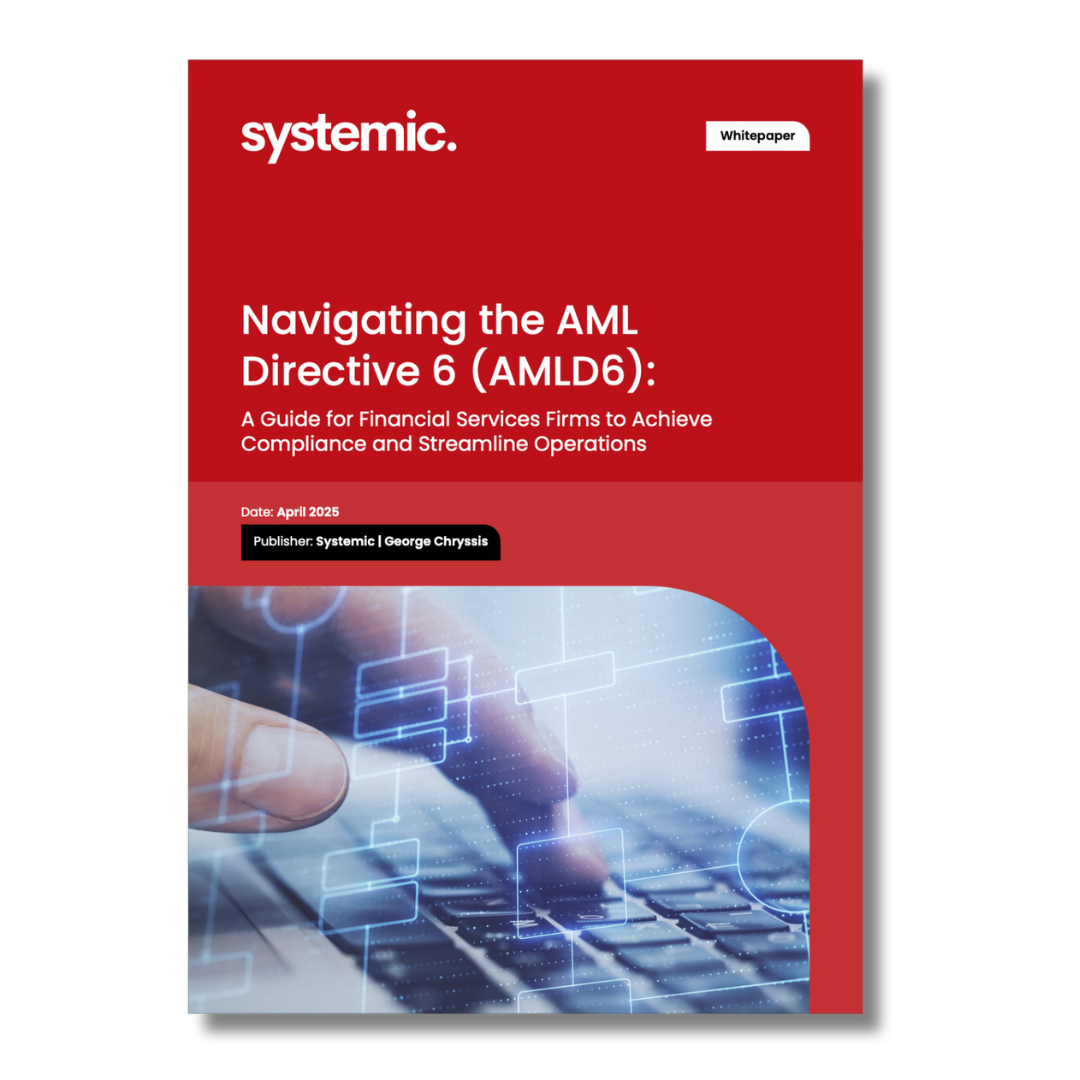Based on our own multi-year experience from developing portfolio management systems, the following are important features of an investment management system that we think you should seriously consider as you seek for the best solution:
1. Use a System that can process most of your activities
The efficiency of portfolio managers can be greatly improved if they are able to make calculations, comply with regulatory requirements, monitor portfolio limits and evaluate their own performance based on the same set of transactional data. Such an efficient solution would relieve any management company from costs incurred by the maintenance of multiple systems, minimize errors from manifold data imports and offer a thorough overview and control on their business workflow. However, this level of efficiency is rarely found in many market solutions.
2. Calibrate your own Portfolio Returns Contribution & Attribution Models
Portfolio managers seek to identify how each position or any aggregated instrument type, asset class, market sector or geographical region, contributes to the realized portfolio returns. An effective portfolio management solution should be capable to calculate Gross- and Net-of-fees, transaction-based, portfolio returns by both time and value weighted method using the same set of historical data. In addition, portfolio managers usually compare the return of their portfolio with a certain benchmark in order to identify portfolio’s active return over a passive investment strategy represented by the benchmark. Hence, it is very useful for portfolio managers to be able to assign multiple benchmarks, simple or synthetic ones, to the same portfolio or portfolio group. At this point, a range of return attribution methodologies should be used for performance evaluation purposes, highlighting the asset classes where the manager has outperformed/underperformed the benchmark and indicating whether an overweighed/underweighted strategy would yield better results.
3. Construct Multiple Level Hierarchical Structures
Depending on the complexity of your own organization, an efficient software system should give a manager the ability to construct multiple trees with complex hierarchical structures. Performance calculations should be executed on every tree & branch level. That way, the administrator will be able to monitor and accurately estimate the performance of every single portfolio manager or desk or entire division.
4. Define your own Investment Profiles & Model Portfolios
Portfolio management firms often find themselves in a situation where clients with similar investment profiles and goals have slightly different allocations and different realized returns. To solve this issue, portfolio managers try to determine investor profiles by means of psychometric questionnaires which reveal the client’s attitude towards risk. Investment profiles point to the range of model portfolios a client should invest in. Furthermore, model portfolios are used to group investors in terms of investment award and risk tolerance. Model portfolios are tax efficient investment practices which help management firms minimize transaction costs and sometimes improve communication with customers. In general, the model portfolio approach has a positive effect on the business process and simplifies things by setting limits to the investment decisions and offering clarity and consistency to the investment proposal.
5. Closely Monitor Portfolio Limits
Effective portfolio management software should have a flexible way to create, manage and assign limits to portfolios of any kind, simple or complex in their structures. Limits serve as a powerful risk management tool and can be used for regulatory compliancy or internal evaluation. Limits may be set for real time positions or for end-of-date holdings and may be also applied not only to separately portfolio performance and risk measures but also to a combination of them. Furthermore, both quantitative and qualitative limits should be available in order to lighten every portfolio dimension. More advanced limit structures, including conditional (if) and combinational ones (and/or) could also be of extreme use to any portfolio manager.
6. Conduct Risk Management, Stress Testing & What If Analysis
Risk management is considered today as an integral part of any portfolio management activity. Gone are the days when a manager could proudly present his past performance without reference to risks that have been assumed. Depending on the portfolio, some managers may estimate risks using methodologies such as variance/covariance, Monte Carlo modeling or historical VaR. In addition, historical or user-defined stress scenarios provide a thorough understanding of the portfolio’s risk factors and help managers efficiently allocate their assets to different classes. Moreover, what-if analysis enables managers to identify, on a real time basis, the effect specific investments/disinvestments have on the Net Asset Value or the Value at Risk of any portfolio.





